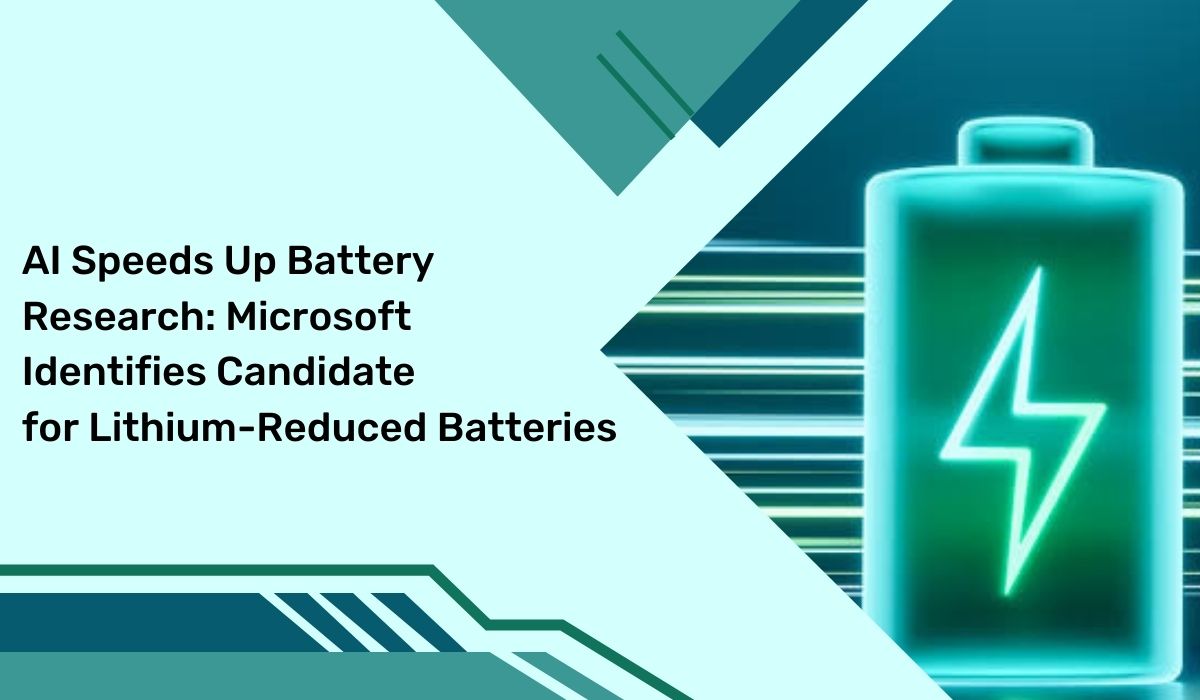
Microsoft and the Pacific Northwest National Laboratory (PNNL), a part of the United States Department of Energy, have harnessed the power of artificial intelligence (AI) to revolutionize the search for materials that could enhance lithium-ion batteries. The announcement, made on Wednesday, revealed that the joint team utilized advanced AI techniques to scrutinize a staggering 32 million potential candidates in the quest for a novel substance capable of producing safer, more energy-dense, and less resource-intensive batteries.Employing innovative AI methods, researchers identified over 500,000 stable candidates from the extensive pool of materials. However, the challenge didn't end there, as pinpointing the material with the ideal properties posed a daunting task akin to finding a needle in a haystack. Traditionally, such endeavors involved high-performance computing and extensive lab experimentation, a process that Microsoft acknowledged could take "multiple lifetimes."
Collaborating under the umbrella of Microsoft's Azure Quantum team, in conjunction with PNNL, the researchers succeeded in discovering a new material that was previously unknown and absent in nature. Subsequently, PNNL scientists undertook the synthesis and testing of the material, unveiling a working prototype. This prototype showcased the material's distinctive properties and its potential as an energy-storage material, notably utilizing significantly less lithium and other materials.The culmination of their efforts resulted in the development of a groundbreaking solid-state electrolyte. This material stands out not only for its potential to enhance safety by being less prone to combustion compared to current lithium-ion batteries with liquid electrolytes but also for the prospect of increased energy density.
Moreover, considering the environmental and social challenges associated with lithium mining, the new battery material could potentially reduce lithium usage by as much as 70 percent, promising significant economic, social, and environmental benefits.While there is still considerable work ahead to determine the commercial viability of the new material, the most remarkable aspect of this discovery lies in the transformative role played by AI. By expediting a material science process that would have otherwise been prolonged and costly, this breakthrough sets the stage for a new era in battery technology with far-reaching implications.